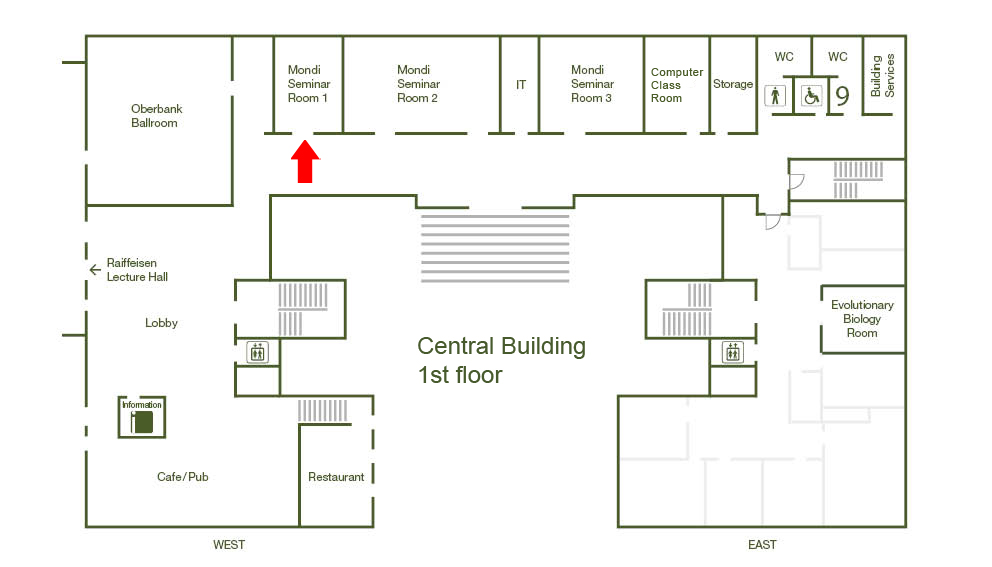Chromosomal rearrangements and local adaptation: more than meets the eye (Simon Martin)
Date
Wednesday, January 29, 2025 11:00 - 12:00
Speaker
Simon Martin (University of Edinburgh)
Location
Central Bldg / O1 / Mondi 2a (I01.O1.008)
Series
Seminar/Talk
Tags
EvoLunch
Host
Barton group
Contact

Recent population genomic studies provide countless examples of local adaptation associated with apparent chromosomal rearrangements (usually interpreted as inversions). This may be unsurprising given the neat theoretical prediction that inversions can be favoured if they maintain combinations of locally adapted alleles. But in order to truly understand the evolutionary mechanisms that lead to the maintenance of rearrangement differences between populations, we need to dissect their history and genetics. In this seminar I will describe our recent case studies in the butterfly Danaus chrysippus, in which several rearrangements differentiate distinct colour morphs. Ill show how scratching beneath the surface of this apparently simple system reveals surprising complexity, fueled by compounding rearrangements and ongoing recombination. Our findings suggest that rearrangement evolution is dynamic, and involves a broader range of both mechanisms and selection pressures than initially hypothesised.